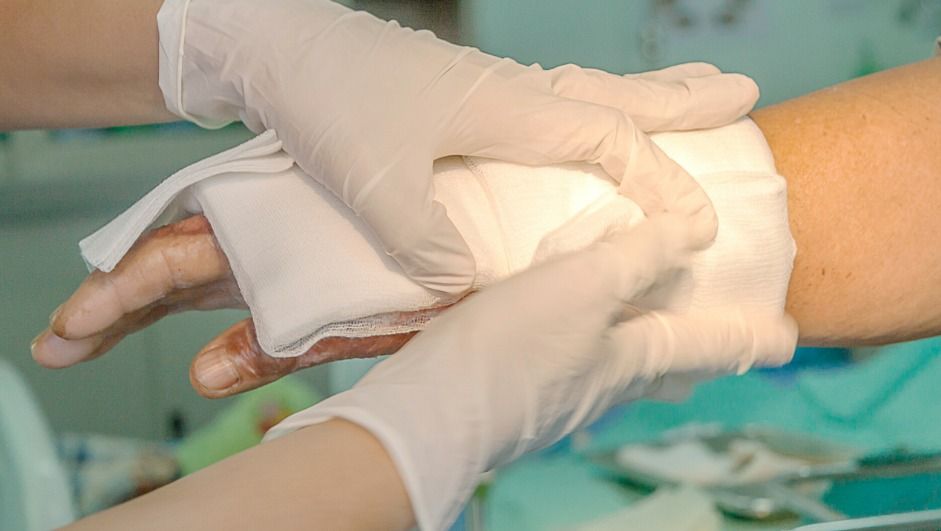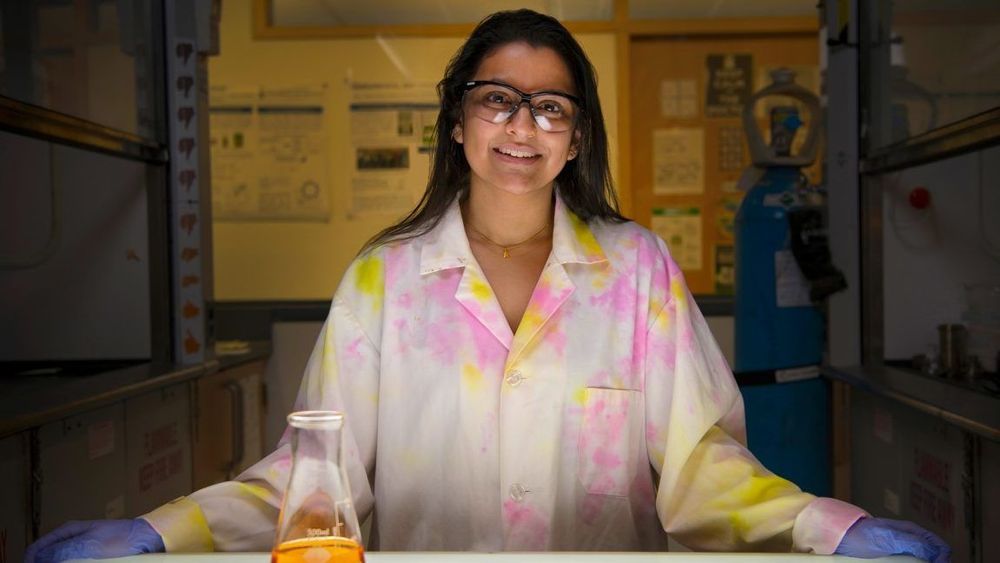Many of you are way ahead of me on this topic. I design 3D printed parts for aircraft, but I didn’t think that functional, transplantable 3D printed human organs were this advanced. This article is about a heart, but it is currently only the size of a rabbit heart. Sizing it up to human size and testing are next, but this is much farther along than I expected.
Rapid creation of replacement organs, using the patient’s own cells to circumvent the body rejecting the transplant, is a direct contributor to superlongevity.
Researchers from Tel Aviv University have created the world’s first 3D printed heart, using cellular materials from the patient.



